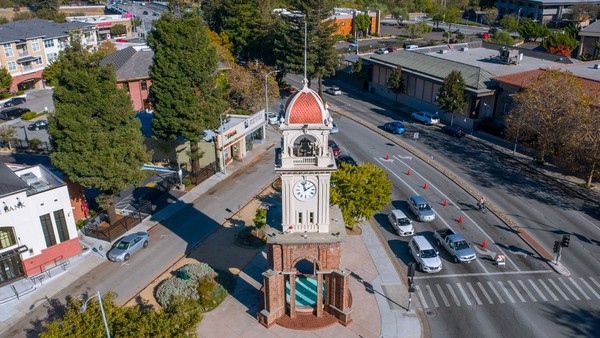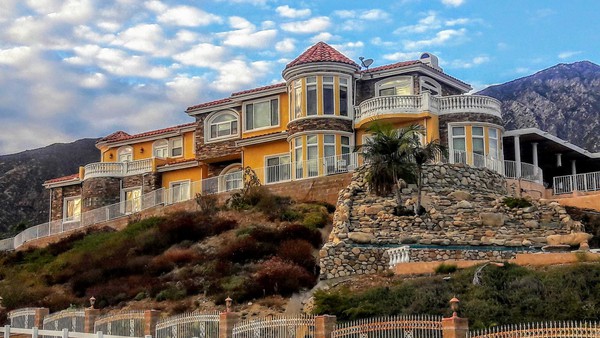But one of the costs of construction is destruction. For a new building to rise, something must fall: historic buildings, productive farmland, beloved neighborhood landmarks. All three of these ballot measures are born out of this dilemma.
But whatever the outcome of next Tuesday’s election, change is inevitable. Two articles published recently by local news outlets offer differing perspectives on this inevitability: one envisions what we might gain in the future; the other looks back at what we’ve lost in the past.
Veteran columnist Wallace Baine takes Lookout Santa Cruz readers on a trip to 2026, envisioning a time when the Palomar Inn—a dominant feature of the downtown skyline—will be dwarfed by the projects that are set to be built around Front and Laurel streets. In a piece published by in September, Baine invites the reader to imagine what will be gained, and lost, in the impending tectonic shift in the look and feel of downtown Santa Cruz.
Speaking of tectonics, columnist Ross Eric Gibson gives Santa Cruz Sentinel readers a tour to the Pacific Garden Mall of yore—before the Loma Prieta earthquake, which wreaked havoc on downtown’s Pacific Garden Mall. Gibson points out how the rush to redevelop after the ’89 quake led to the loss of cherished landmarks—most notable the Cooper House—that lent grace and beauty to Santa Cruz’s historic downtown.
Neither of these articles address the ballot measures. But you will find articles from our media allies that do. And if you’re one of the many Santa Cruz County residents who want to have a voice in how that change unfolds, you can do more than vote. Check out our directory of local organizations and our guide to local government. Get involved in local groups working to preserve farmland, save historic landmarks, and prevent lower-income residents from being priced out of the county.
As publisher Mike Gelbman writes in a recent blog post, “California Local is set up to connect the dots between community members, elected officials, and the local nonprofits that serve their communities.” Take a look and start making connections.


 The clock tower sits at one end of the Pacific Garden Mall, while the other end could see some big changes over the next four years.
The clock tower sits at one end of the Pacific Garden Mall, while the other end could see some big changes over the next four years.


